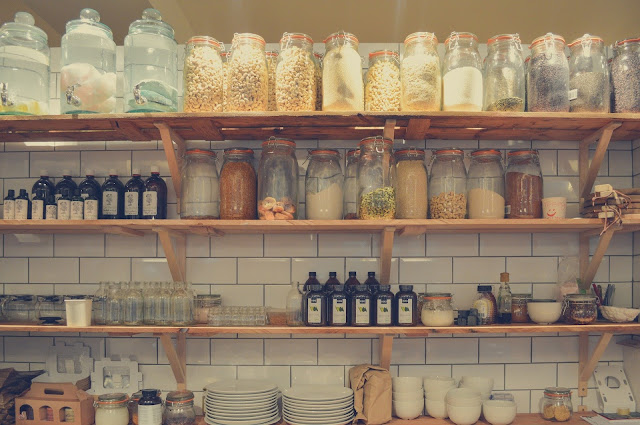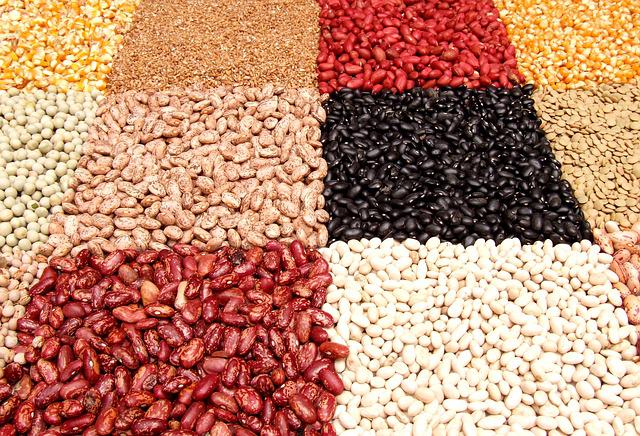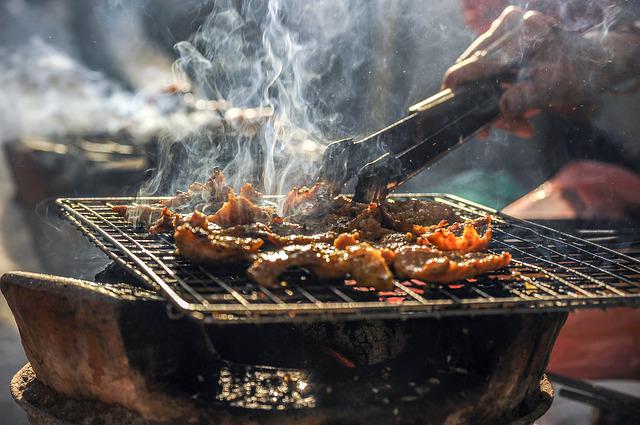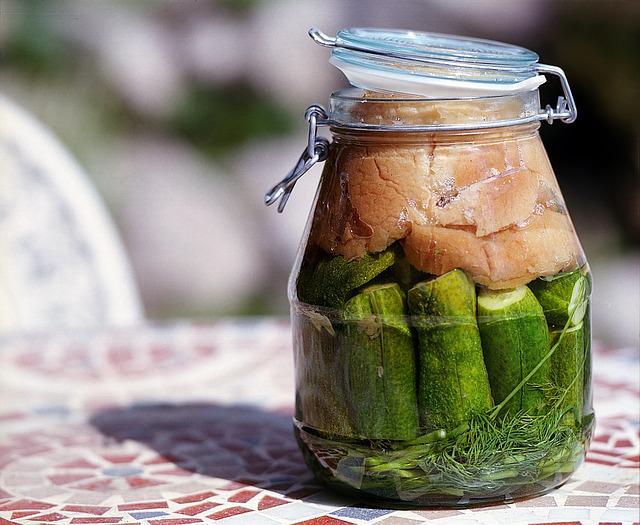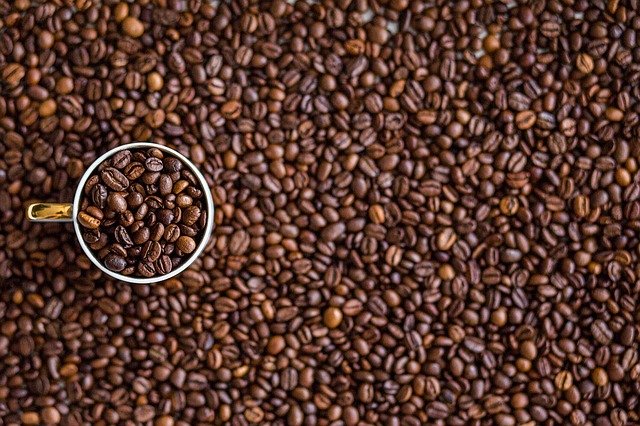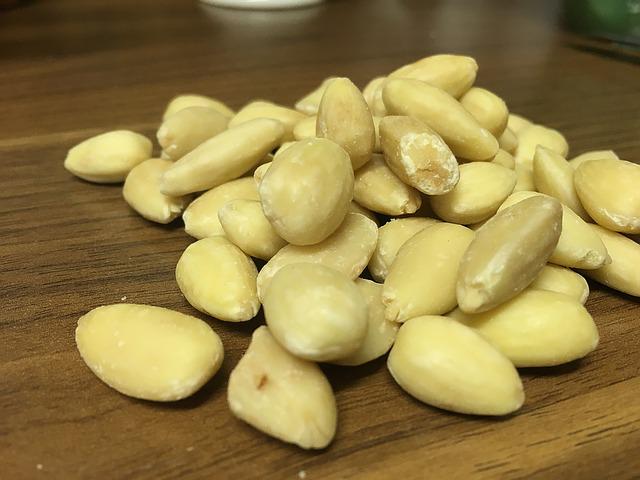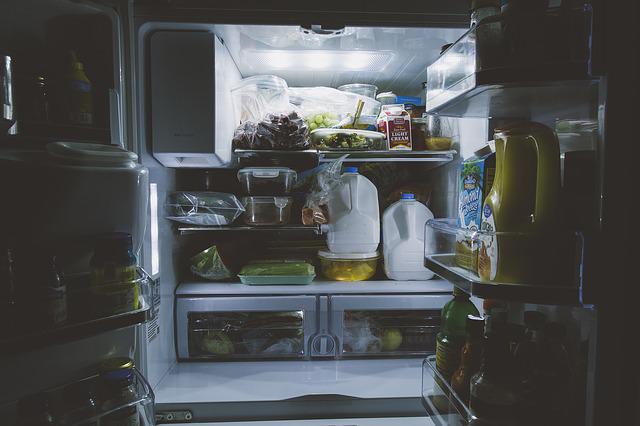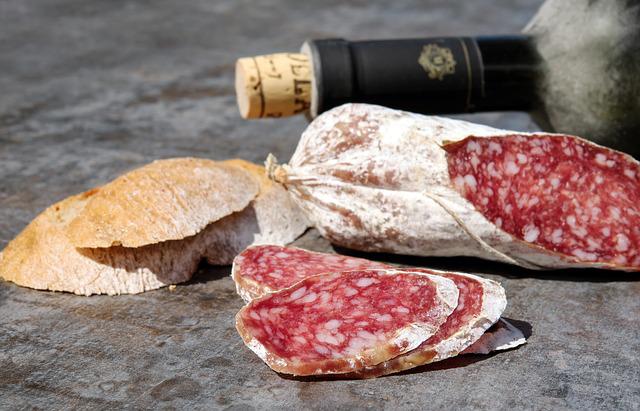Traditional foods are staples for the Nigerian diet and have a long history of being stored in the family into the future.
Traditional food preservation in Nigeria is a very slow and labor-intensive process. Traditional food preservation methods in Nigeria include: - Whole grain cooking and drying: If you use a whole grain, you can be sure that it will not get rancid.
In this article, we'll talk about the Appraisal of traditional food preservation in Nigeria and it's Methods.
Table of contents
TRADITIONAL FOOD PRESERVATION IN NIGERIA
There are a number of traditional methods of preserving food including drying, smoking, salting, fermentation, and fermentation with enzymes.
Now, let's talk about each method and it's appraisal in details.
DRYING /DEHYDRATION
This is the removal of water from farm products to a reasonable level in order to avoid spoilage.
Drying is one of the ancient methods of food preservation.
However, the following foods can be preserved through drying: cassava, maize, melon, cereal, legumes, yams, melon, vegetable, milk, egg white, cocoa beverages, meat, fish.
SMOKING
Smoking is another way of preserving farm produce. It gradually reduces water activity so as to prevent the growth of bacteria and fungi. It is efficient for most foods, like fish, tobacco leaves, etc.
Smoking is efficient because it removes much of the food's water, and also reduces weight, making food more portable. Dried foods are compact and stored or carried easily.
Smoked foods can be kept for a long period without spoiling. Farm animal products such as fish and meat are sometimes smoked with wood fire or coal fire.
This method removes water from the fish or meat and impacts sensory qualities, also reduces moisture content and extends shelf life.
SALTING
Salting is another oldest method of preservation. Salt can be added as part of the drying process.
It increases the storage time of some foods like fish and also enhances the flavour of dried foodstuffs.
Fish, meat and ground pepper can best be preserved by either mixing or rubbing them with salt.
FERMENTATION
Fermentation is also one of the oldest and traditional methods of food preservation.
Food fermentation involves the use of enzymes and microorganisms for the production of foods with distinct quality attributes that are different from the original agricultural raw material.
When a food ferments, it produces acids that prevent the development of organisms that cause spoilage.
The conversion of cassava to garri explains the importance of traditional fermentations.
There is a vast array of traditional fermented foods apart from “garri” produced in Nigeria. Which include: pap, condiments such as the locust beans (iru), ogiri and alcoholic beverages like the shekete, agadagidi and kai-kai, palm wine.
Other advantages of traditional fermentation include the reduction of mycotoxins such as aflatoxins as in pap processing and the conversion of inedible plant items such as the African locust seed and bean to foods. I.e Iru (locust bean) and respectively by extensive hydrolysis of their indigestible components by microbial enzymes.
Fermentation also improves the flavour and texture of raw agricultural produce, imparting a desirable sour taste to many of our foods, such as garri and pap, and leading to the production of distinct flavour components characteristics of many fermented foods.
ROASTING
This is another ancient method of preserving food, it impacts desirable sensory qualities, improves palatability, and reduces antinutritional factors.
Peanuts and groundnuts are being roasted by stirring in hot sand in a flat bottom frying pot over a hot flame which serves as a good example.
BLANCHING
This is also a method of preserving foods.
Blanching inactivates plant enzymes and minimize oxidative changes leading to deterioration in sensory and nutritional qualities e.g. Enzymatic browning for example, Slices of yam for elubo (yam flour) production are heated in hot water in a pot for various durations.
HANGING BASKET
Hanging basket over the cooking area is a traditional method for preserving and drying food.
For example, fish is put inside a basket made of light or strings of iron and allowed to be dried by heat coming out of the cooking area or kitchen.
CANNING OR BOTTLING
This process requires the canning equipment and the ability to use a source of heat.
Foods preserved by this method are closely sealed in a container, such as can, glass or bottle. These foods can be stored for up to a year.
Canning or bottling can be costly or expensive after purchasing the equipment and use of heating fuel and it is a fiddly process that requires sterilisation and knowledge of the temperature involved.
READ ALSO: 20 types of food preservative and the food they are used on
REFRIGERATION AND FREEZING
These two methods are one of the most widely used processes commercially and domestically for preserving a wide range of food including already prepared food stuff.
Naturally, They both require access to electricity-generated refrigeration systems but if you have either of these, it is one of the easiest methods to store foods.
There are various guidelines available on how long food can be stored in a refrigerator or in a freezer.
However, the downsides to this method include:
- Loss of food due to not knowing or remembering what is in your freezer
- Lack of dating items when you freeze them thus necessitating throwing out the items when you are not sure
- Tendency to over stock refrigerators with food that goes off because nobody could consume it in time, or when it's behind all the other foods.
IRRADIATION
Food irradiation is a physical means of preserving food. It has been thoroughly researched over the past decades and it is recognized as a wholesome and safe method.
Irradiation has the potential of both disinfecting dried food to storage losses and disinfecting fruits and vegetables to meet the quarantine requirements for export trade.
Food borne disease as a result of contamination by pathogenic microorganisms and parasites of meat, poultry, fish are on the increase.
Irradiation of these foods can decontaminate them of pathogenic organisms and also provide safe food to the consumer.
One of the most important advantages of food irradiation preservation or processing is that it is a cold process which does not significantly alter physic-chemical characters of the treated product.
Irradiation can be applied to food after its final packaging.
Conclusion
One of the greatest challenges food scientists and technologists are facing in Nigeria today is the upgrading of the traditional methods of food preservation. In most cases, the Traditional food preservation in Nigeria remain at the empirical level.
Traditional food preservation in Nigeria is a solid method and a number of successes have been recorded. Post your reviews and comments in the comment section. Thanks.

